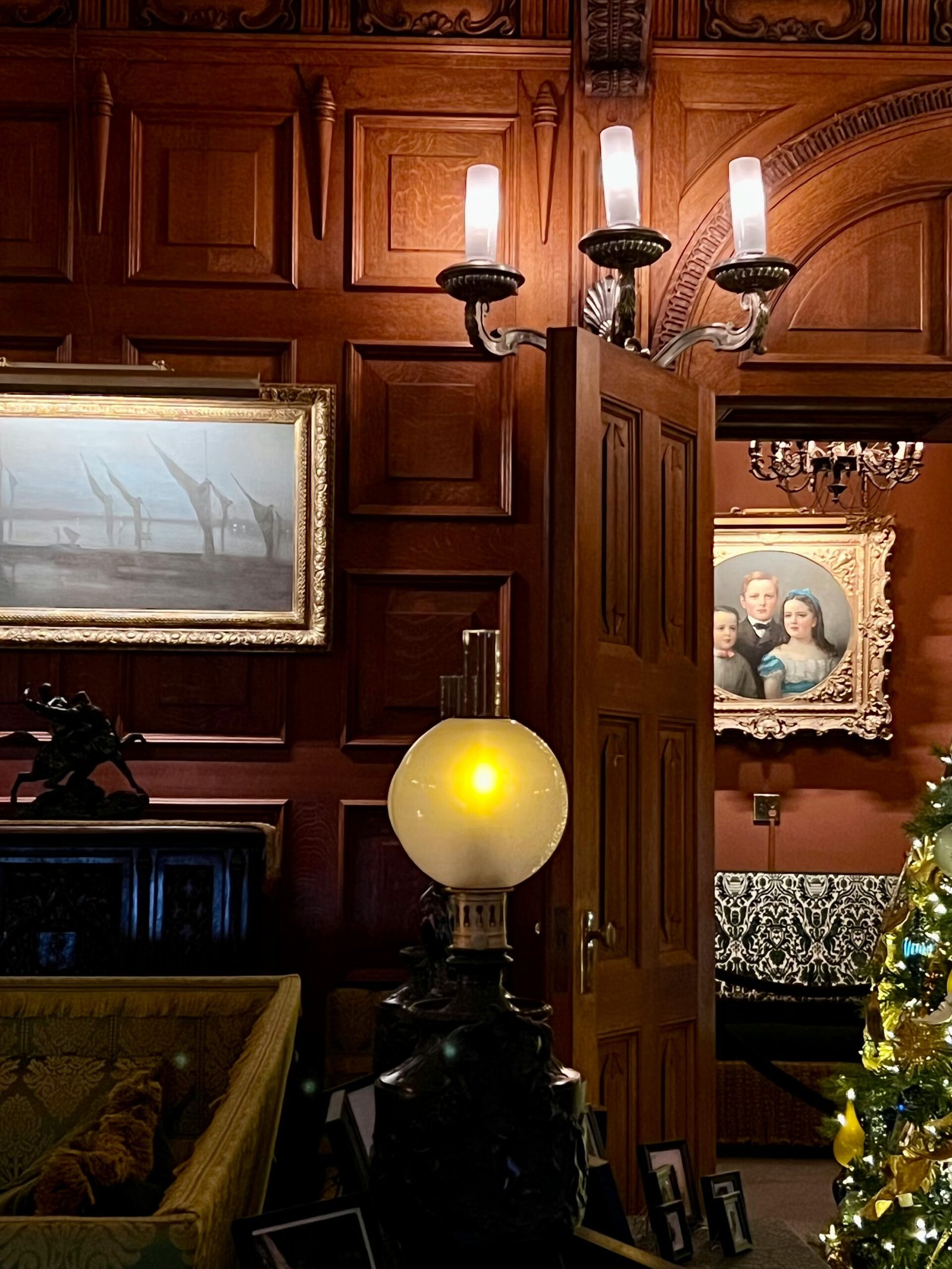Historic Homes in the United States: Preserving the Nation’s Rich Tapestry
Historic homes in the United States stand as enduring symbols of the nation’s rich tapestry of history, architecture, and cultural evolution. These structures, scattered across the country from the colonial settlements of the East Coast to the more recent historical landmarks of the West, bear witness to the pivotal moments and diverse traditions that have shaped America.
One iconic example of a historic home is Mount Vernon, George Washington’s Virginia estate. With its Georgian elegance, this stately mansion offers a glimpse into the life of the first President of the United States. Visitors can explore the beautifully preserved rooms, walk through the lush gardens, and learn about Washington’s role in shaping the nation’s early years.
Traveling further south, the antebellum grandeur of Louisiana’s plantations tells a different story. These sprawling estates, such as Oak Alley Plantation and Nottoway Plantation, showcase the opulence and wealth of the pre-Civil War era. Visitors can marvel at the Greek Revival architecture, stroll along the tree-lined avenues, and gain insights into the lives of the enslaved individuals who toiled on these plantations.
Heading west, we encounter the historic homes of California. The Hearst Castle, nestled in the hills of San Simeon, is a testament to the extravagance of media mogul William Randolph Hearst. This magnificent estate, with its impressive art collection and stunning architecture, offers a glimpse into the glamorous lifestyle of the early 20th century.
Another notable historic home in California is the Gamble House in Pasadena. Designed by renowned architects Charles and Henry Greene, this Craftsman-style masterpiece showcases the beauty of American Arts and Crafts architecture. Visitors can explore the meticulously crafted interiors and admire the intricate woodwork that exemplifies the attention to detail prevalent during the early 20th century.
These historic homes not only hold architectural significance but also provide a tangible link to the past. They offer insights into the daily lives, struggles, and aspirations of the people who once inhabited them. Walking through the halls of these homes, visitors can imagine the conversations that took place, the dreams that were pursued, and the challenges that were faced.
Preserving these historic homes is crucial for maintaining a connection to our nation’s history. They serve as more than static museums; they are dynamic testimonies to the evolving narrative of a young nation. Through careful restoration and ongoing maintenance, these homes continue to educate and inspire future generations.
As we explore the historic homes of the United States, we gain a deeper understanding of the diverse stories that have shaped the nation. From the grandeur of Mount Vernon to the plantation estates of Louisiana and the architectural wonders of California, each historic home tells a unique tale. They remind us of the importance of preserving our past and celebrating the rich heritage that has shaped America.

